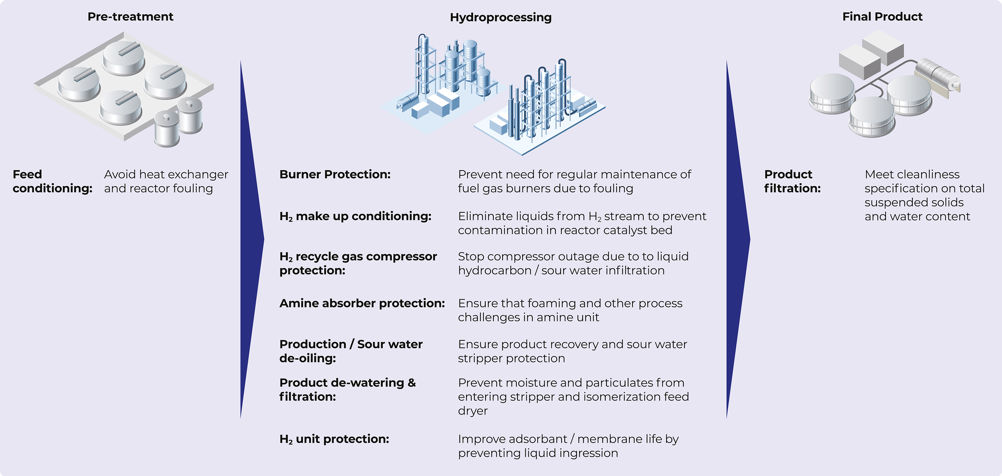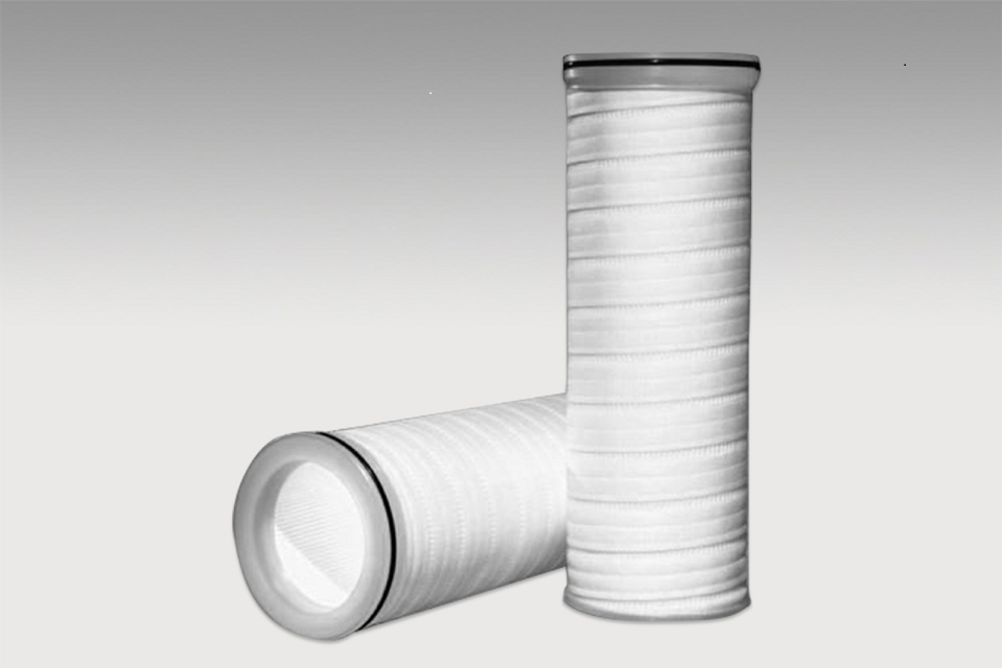The need to decarbonise and increase production of renewable energy is becoming critical from numerous perspectives. The Intergovernmental Panel on Climate Change (IPCC) warns that we are at ‘make or break’ in the race to limit global warming to 1.5°C above pre-industrial levels. In November, COP27 will see country leaders required to show what steps are being taken to meet emissions targets. The US financial regulator, the Securities and Exchange Commission, is proposing regulations for companies to include information on climate-related risks and greenhouse gas (GHG) emissions in reports. Draft amendments to the EU’s Renewable Energy Directive (RED II) include increasing energy from renewable sources to 45% by 2030, as well as a push for more biofuels in transport and an introduction in innovation quotas for the development of renewables.
In addition to the rising oil and gas prices are elevating the cost of living, causing problems for consumers and businesses. Now is the time to take advantage of solutions that can accelerate the production of renewable energy.
A KEY PART
When looking at biofuels we should differentiate between ‘first generation’ and ‘advanced’ biofuels. First generation biofuels are produced from crops such as corn, soy and sugar cane/beet, and so their use as a fuel is in direct competition to usage as a food source. Advanced biofuel sources include wood chippings, non-edible plant material, residential waste such as cooking oil, industrial and commercial waste including beef tallow, and algae. These materials are the biomass that might otherwise end up in landfill sites and therefore it is environmentally beneficial for them to be converted to fuel and contributing to a circular economy.
The use of existing refineries to produce renewable hydrocarbon fuels from these bio-feedstocks can reduce carbon emissions without large investments in refinery assets, and they can be distributed under existing petroleum infrastructure because they are functionally equivalent to petroleum fuels.
They are also known as: Hydro processed Esters and Fatty Acids (HEFA); Green diesel/Renewable diesel/hydrogenation derived renewable diesel (HDRD); Sustainable aviation fuels/Hydrotreated Renewable Jet fuel (HRJ)/synthetic paraffinic kerosene (HEFA-SPK); Hydrotreated Renewable Oils (HRO) and Hydrotreated Vegetable Oils (HVO)/Hydrotreated Renewable Vegetable oils (HRV).

FILTRATION IS CRITICAL
The degradation of biomass during transportation and storage can cause severe damage to downstream equipment if left unfiltered. Depending on the type and proportion of the feedstock inserted into the refinery for the production of liquid biofuels, the volume of
gaseous products and moisture generated may differ significantly and impact refinery operations.
Challenges include: pressure build-up over the catalyst bed and heat exchanger; additional hydrogen demand; higher gas treatment and removal capacity required; and removal of additional co-produced water. In addition to solid particulate removal, separation of water from the final biofuel product is an essential step in the biofuel refinery process. To achieve ‘premium diesel’ quality, Pall liquid/liquid coalescers can be installed downstream of the hydrotreater to separate and remove water content to an acceptable level.
For example, a major EU producer of biodiesels and SAF (sustainable aviation fuels) uses Pall Aquasep XS liquid/liquid coalescer filters to ‘polish’ the refined biodiesel product to an acceptable water content specification of <100 ppm. The coalescer media agglomerates water molecules as the biodiesel flows through it, creating larger water droplets that can be separated from the feed fluid. The dense coalescer media provides optimum separation capacity (typ. ≤15ppm separation level achievable), protected by appropriate particulate pre-filters that can retain the gels and waxes that might otherwise blind and therefore reduce coalescer performance.
The production of biogas via anaerobic technology consists mainly of methane and carbon dioxide, with small amounts of hydrogen sulphide, siloxanes and moisture, all of which can have a detrimental effect on the production process. To maximise methane output and protect compressors and membranes, impurities must be eliminated through particle filtration and liquid/gas coalescence methods. Without efficient filtration and separation technologies, heavily contaminated gases can lead to compressor corrosion, abrasion in moving parts, and degradation of purification units.

A US refinery was using Pall’s Vector filters in the hydrotreating of melted beef tallow and soybean oil to produce HVO diesel. The customer wanted to increase production and so needed greater filtration capacity. Pall scientists evaluated both process and performance to establish the best filter media solution to arrive at a balance of acceptable filter service life and consistent downstream asset protection (protection of the heat exchanger and extended catalyst life). Pall’s polyester Vector High Flow in an 80” length, 1-micron rating with temperature capacity of 212°F (100°C) was applied downstream of the original 25 micron rated filter. This enabled the client to increase production capacity and maintain predictable reliable operation.
MOVING TO GREATER SUSTAINABILITY
The production of liquid biofuels and biogas can be used as an alternative to fossil fuels or added as ‘drop-in’ fuels to mix with the traditional fuel, depending on capabilities and statutory guidelines. In some applications advanced biofuels can make a significant reduction in emissions compared to fossil fuels. In using appropriate filter media, production of advanced biofuels can be optimised and scaled up to help meet climate change goals and move us all towards a sustainable energy future.
ABOUT THE AUTHOR
This article was written by the team at Pall Corporation.
www.pall.co.uk




